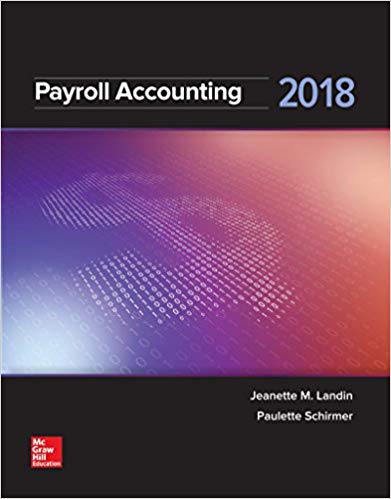Can you solve this? 
WW Instructions: Designate the best answer for each of the following questions. 1. When a customer (buyer) returns merchandise purchased on credit, the a. customer should credit Accounts Payable. b. seller should credit Sales Returns and Allowances. c. customer should credit Accounts Receivable. d. none of the above. 2. Credit terms of 2/10, n/30 mean that a. a 10% cash discount may be taken if payment is made immediately; a 2% discount if paid within 30 days. b. a 2% cash discount may be taken if payment is made within 10 days of the invoice date; otherwise the full amount is due at the end of the month. c. an additional amount equal to 2% of the invoice price must be paid if payment is not received within 10 days; the account is overdue after 30 days. d. a 2% cash discount may be taken if payment is made within 10 days of the invoice date; othenNise the full amount is due within 30 days. 3. Detailed records of goods held for resale are not maintained under a a. perpetual inventory system. b. periodic inventory system. c. double entry accounting system. d. single entry accounting system. 4. Which one of the following is shown on a multiple-step but not on a single-step income statement? a. Net sales b. Net income c. Gross profit d. Cost of goods sold 5. If a company has net sales of $500,000 and cost of goods sold of $350,000, the gross profit percentage is a. 70%. b. 30%. c. 15%. d. 100%. 6. On a classified balance sheet, merchandise inventory is classified as a. an intangible asset. b. property, plant, and equipment. c. a current asset. d. a long-term investment. 7. Freight costs paid by a seller on merchandise sold to customers will cause an increase a. in the selling expense of the buyer. b. in operating expenses for the seller. c. to the cost of goods sold of the seller. d. to a contra-revenue account of the seller. 8. Two categories of expenses for merchandising companies are a. cost of goods sold and nancing expenses. b. operating expenses and financing expenses. c. cost of goods sold and operating expenses. d sales and cost of goods sold. 9. A buyer would record a payment within the discount period under a perpetual inventory system by crediting a. Accounts Payable. b. Merchandise Inventory. c. Purchase Discounts. d. Sales Discounts. 10. Under a perpetual inventory system, acquisition of merchandise for resale is debited to the a. Merchandise Inventory account. b. Purchases account. c. Supplies account. d. Cost of Goods Sold account. 11. The Sales Returns and Allowances account a. normally has a credit balance. b. should not be closed at the end of the period. c. is a contra account to Accounts Receivable. d. is used by a merchandising company, but not a service enterprise







